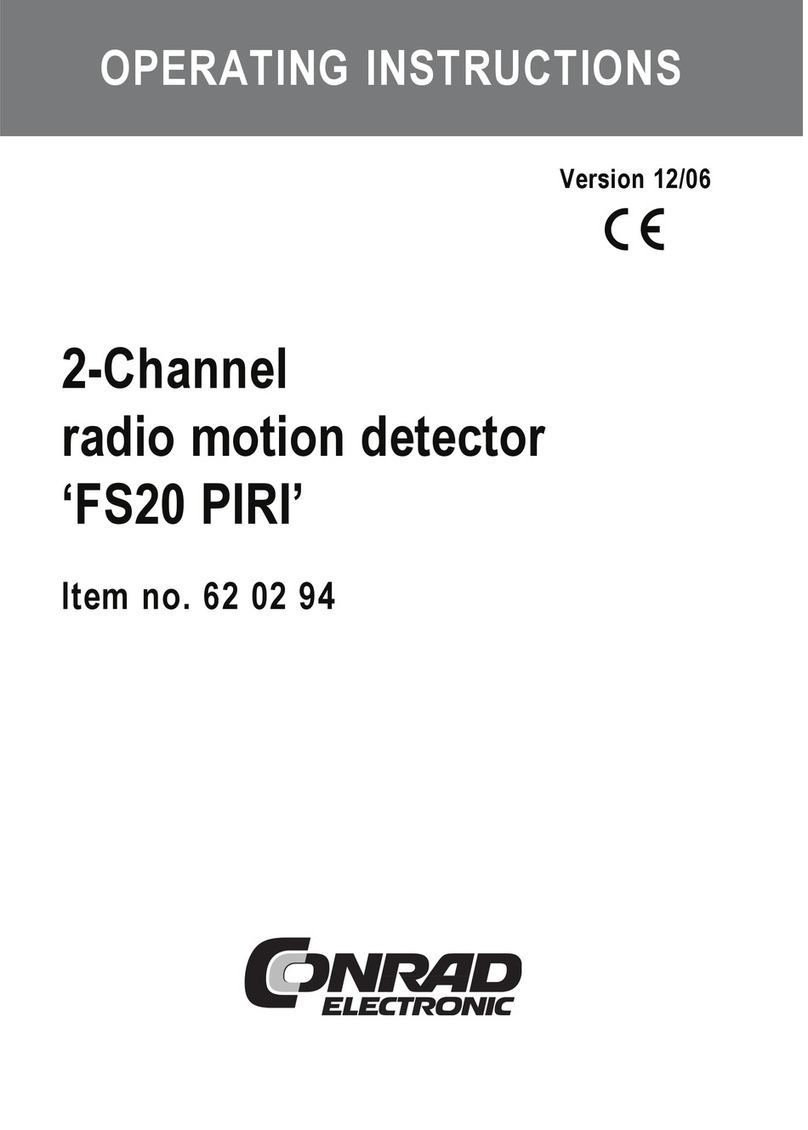
2
Table of contents
Page
1. Introduction ................................................................................................................. 4
2. Prescribed use ............................................................................................................ 5
3. Scope of delivery ........................................................................................................ 5
4. Explanation of icons .................................................................................................. 6
5. Safety instructions ..................................................................................................... 6
a) General information ............................................................................................... 6
b) Batteries and rechargeable batteries ................................................................... 7
6. Features and functions .............................................................................................. 8
7. Factory setting ............................................................................................................ 9
8. General notes on installation ................................................................................. 10
9. Installing the ‘FS20 PIRI-2’ ...................................................................................... 11
a) Installation with wall bracket ............................................................................... 11
b) Control, display and settings ............................................................................... 13
c) Opening the battery compartment ...................................................................... 14
d) Inserting the batteries .......................................................................................... 14
10. Initial operation ......................................................................................................... 15
a) Quick installation with factory settings ................................................................ 15
b) Function test ........................................................................................................ 15
11. The FS20 address system ....................................................................................... 17
12. Integrating into the address system...................................................................... 19
a) Setting the house code........................................................................................ 19
b) Setting the addresses .......................................................................................... 20
1. Setting a single address .................................................................................. 20
2. Assigning function groups and master addresses ......................................... 21
13. Individual settings .................................................................................................... 24
a) Manual switching ................................................................................................. 24
b) Activating a channel ............................................................................................ 25
c) Setting the brightness value ................................................................................ 26
1. Saving the threshold value for one of the two channels ................................ 26
2. Saving the same threshold for both channels ................................................ 27
d) Setting the on-time .............................................................................................. 28





























